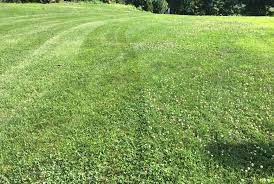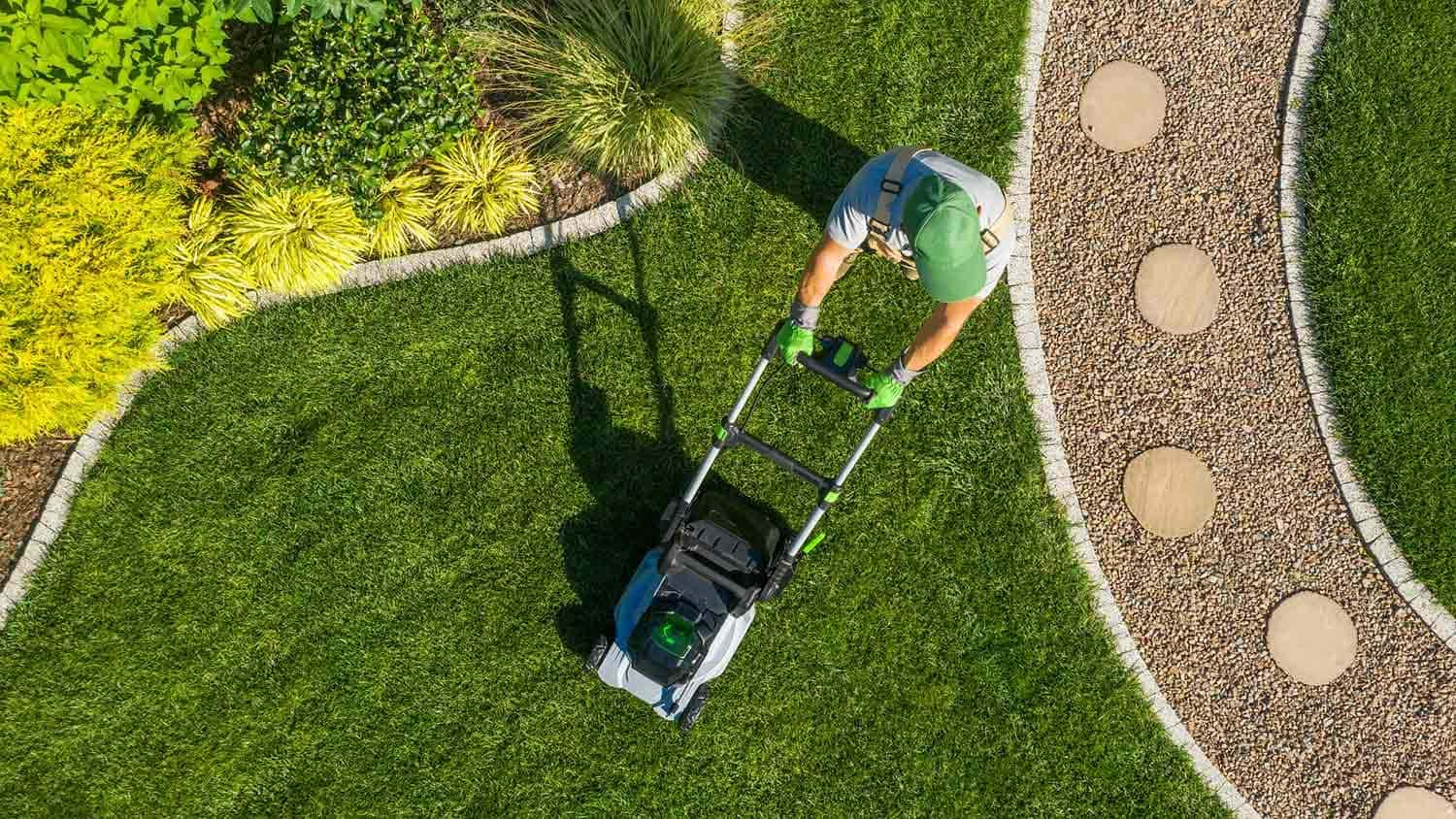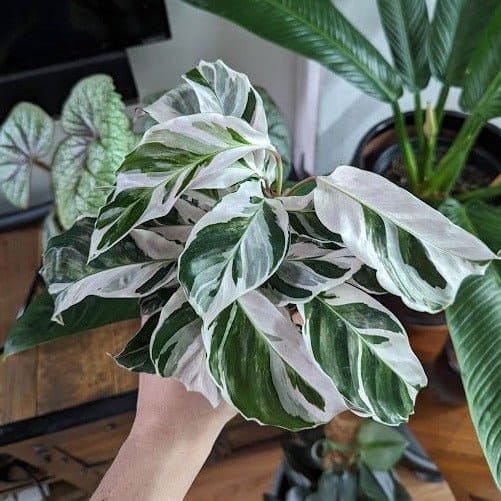In an era where sustainability is becoming increasingly imperative, traditional lawns are receiving scrutiny for their resource-intensive maintenance and environmental impact. Homeowners seeking eco-friendly alternatives are turning to clover lawns as a practical and aesthetically pleasing solution. Not only do clover lawns offer numerous environmental benefits, but they also require less maintenance and provide a lush, green carpet that enhances the beauty of any landscape.
The Allure of Clover Lawns
Clover lawns, once considered weeds, are now gaining popularity for their resilience and sustainability. The most common types used for lawn purposes are white clover (Trifolium repens) and micro clover (Trifolium repens var. Pipolina). These low-growing, nitrogen-fixing plants have intricate, delicate foliage and produce clusters of small, white flowers, adding a charming touch to any outdoor space. Their ability to thrive in various soil conditions, including poor and compacted soils, makes them an attractive option for homeowners seeking an alternative to traditional grass lawns.
Environmental Benefits
One of the primary reasons for the growing interest in clover lawns is their environmental sustainability. Unlike conventional grass lawns that require frequent watering, mowing, and chemical inputs, clover lawns have minimal environmental impact. Here’s how they contribute to a more sustainable ecosystem:
- Nitrogen Fixation: Clover is a leguminous plant that forms a symbiotic relationship with nitrogen-fixing bacteria in its roots, allowing it to draw nitrogen from the air and convert it into a form that enriches the soil. This natural fertilization process reduces the need for synthetic fertilizers, which can leach into groundwater and harm aquatic ecosystems.
- Water Conservation: Clover lawns have deep root systems that help retain moisture in the soil, reducing the need for frequent watering. In regions prone to drought or water restrictions, this water-saving feature is particularly advantageous, contributing to water conservation efforts and lowering utility bills.
- Pollinator Habitat: The flowers of clover plants attract pollinators such as bees and butterflies, supporting local biodiversity and promoting ecological balance. By creating a welcoming habitat for these beneficial insects, clover lawns contribute to the health of the surrounding ecosystem.
- Reduced Carbon Footprint: Compared to traditional lawn maintenance equipment like gas-powered mowers, maintaining a clover lawn requires minimal energy consumption. Additionally, the decreased reliance on chemical fertilizers and pesticides reduces greenhouse gas emissions associated with their production and application.
Practical Benefits
Beyond their environmental advantages, clover lawns offer several practical benefits for homeowners:
- Low Maintenance: Clover lawns require less maintenance than traditional grass lawns. They grow slowly and typically reach a height of 4 to 8 inches, reducing the frequency of mowing. Additionally, their resilience to foot traffic means they are well-suited for active outdoor spaces.
- Drought Tolerance: Thanks to their deep root systems and ability to withstand dry conditions, clover lawns remain green and vibrant during periods of drought, maintaining their aesthetic appeal with minimal water input.
- Natural Weed Suppression: The dense growth habit of clover plants inhibits the germination and growth of weeds, reducing the need for chemical herbicides and manual weed removal.
- Year-Round Greenery: Unlike grass lawns that may turn brown during hot summers or cold winters, clover lawns maintain their green color throughout the year, providing visual appeal in all seasons.
Establishing a Clover Lawn
Creating a clover lawn is a straightforward process that begins with soil preparation. It’s essential to remove existing vegetation and loosen the soil to ensure optimal seed-to-soil contact. Overseeding with clover seeds can be done in early spring or fall, ideally when soil temperatures are cooler and moisture levels are adequate.
After seeding, regular watering is necessary to keep the soil moist until the clover establishes itself. Once established, clover lawns require minimal watering and can thrive with natural rainfall in many regions. Mowing is typically only necessary once every few weeks to maintain an even height and promote healthy growth.
Conclusion
Incorporating a clover lawn into your landscape not only enhances the beauty of your outdoor space but also contributes to a more sustainable environment. With their environmental benefits, low maintenance requirements, and year-round greenery, clover lawns offer a compelling alternative to traditional grass lawns. By embracing this eco-friendly landscaping solution, homeowners can take a meaningful step towards reducing their ecological footprint while enjoying the natural beauty of a vibrant clover lawn.





